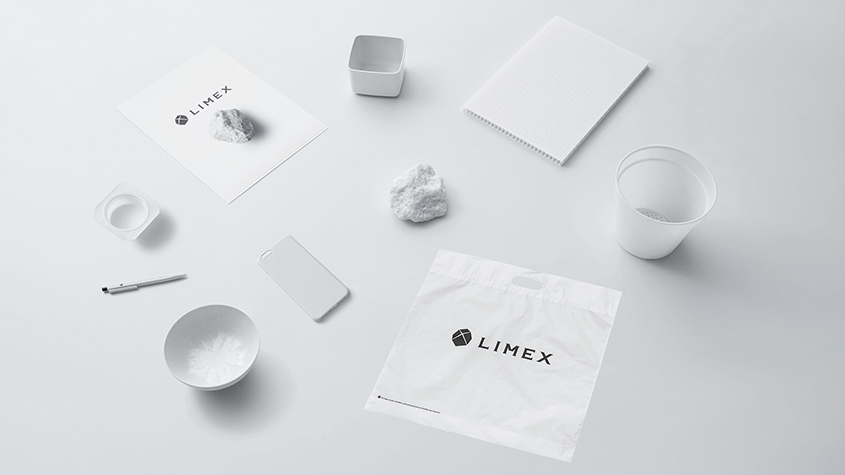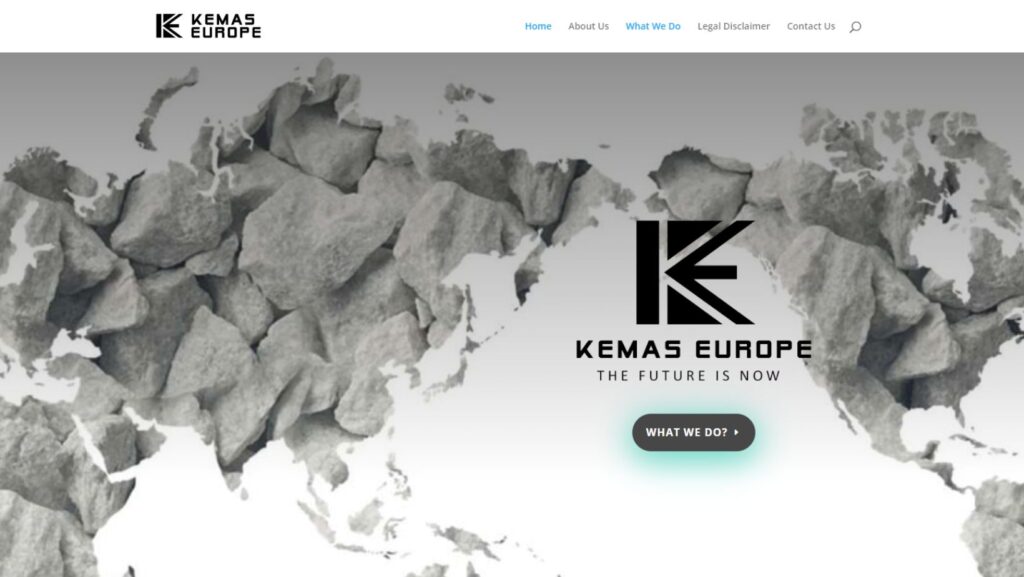In an era where sustainability is at the forefront of global discussions, innovative solutions are emerging to address the environmental challenges faced by various industries. LIMEX, a revolutionary eco-friendly material, has gained significant attention for its potential to transform packaging and reduce environmental impact. In this article, we delve into the world of LIMEX, exploring its origins, unique properties, and the positive changes it brings to industries worldwide.
Origins and Composition:
LIMEX, short for Limestone Material Extraordinaire, is a cutting-edge material that originated in Japan. It was developed by TBM Co. Ltd., a company dedicated to finding sustainable alternatives to traditional resources. LIMEX is primarily composed of limestone powder (80%) and a small amount of polyolefin resin (20%). This ingenious combination results in a versatile material with exceptional qualities.
Unparalleled Sustainability:
LIMEX stands out as an eco-friendly alternative to conventional materials such as paper and plastic. One of its most notable attributes is its minimal environmental impact. Unlike paper, LIMEX does not require the felling of trees, reducing deforestation and preserving vital forest ecosystems. Additionally, LIMEX production consumes significantly less water and energy compared to traditional paper or plastic manufacturing processes. By minimizing the use of these valuable resources, LIMEX paves the way for a more sustainable future.
Exceptional Properties:
Beyond its sustainable qualities, LIMEX boasts a range of exceptional properties that make it a versatile material for various applications. Firstly, LIMEX is water-resistant, ensuring that it remains durable and reliable even in humid or wet conditions. This attribute makes it an ideal choice for packaging solutions, including beauty products, where protection against moisture is crucial. Furthermore, LIMEX exhibits excellent printability, allowing for intricate and vibrant designs to be applied directly onto the material’s surface.
Applications in the Beauty Industry:
The beauty industry has embraced LIMEX as an innovative solution to meet its sustainability goals. Beauty packaging made from LIMEX offers numerous advantages. Firstly, it provides an eco-friendly alternative to conventional plastic packaging, significantly reducing carbon footprint and plastic waste. Moreover, LIMEX packaging offers a premium look and feel, enhancing the overall consumer experience. As consumers become increasingly conscious of their environmental impact, beauty brands adopting LIMEX demonstrate their commitment to sustainability and gain a competitive edge in the market.
KEMASEUROPE and PT Kemas Indah Maju: Pioneering LIMEX Distributors:
KEMASEUROPE, a prominent distributor specializing in sustainable solutions, recognized the potential of LIMEX early on. They became one of the first distributors of LIMEX, playing a crucial role in introducing this groundbreaking material to industries worldwide. Meanwhile, in Indonesia, PT Kemas Indah Maju emerged as a trailblazer, becoming one of the first companies in the country to incorporate LIMEX into the beauty packaging industry. Their dedication and commitment to sustainability have made a significant impact, inspiring other companies to follow suit.
KEMASEUROPE.EU
With many years experience in Plastics, Packaging and a variety of business sectors – we are suitably equipped to provide solutions for your business. Pragmatic and solution orientated means that we always have our customers requirements at the forefront of our business activities.
Conclusion:
LIMEX represents a game-changing innovation in the realm of eco-friendly materials. With its origins rooted in sustainability and its exceptional properties, LIMEX is transforming the packaging industry. From reducing deforestation and plastic waste to offering versatile and aesthetically pleasing packaging solutions, LIMEX showcases the power of innovation in building a greener future. As more industries embrace LIMEX, we move closer to a world where sustainability and functionality harmoniously coexist, paving the way for a brighter and more environmentally conscious future.


